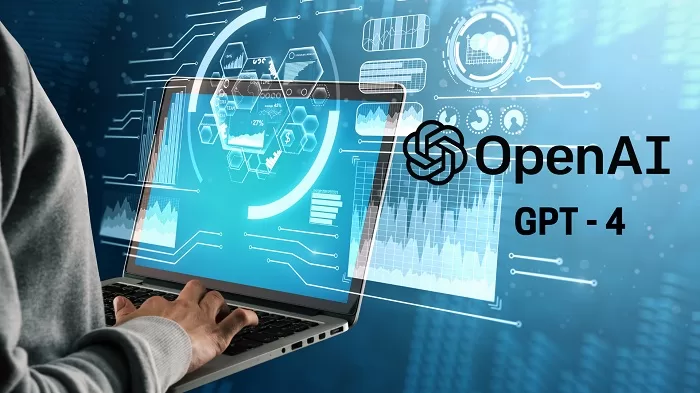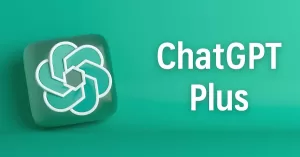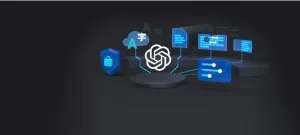OpenAI Unveils GPT-4: The Latest Breakthrough in Language Modeling Technology

- OpenAI recently released GPT-4, a powerful multimodal model that can take image and text inputs and produce text outputs.
- GPT-4 achieved human-level performance on various professional and academic benchmarks – even those using low-resource languages!
- The model has demonstrated some capabilities similar to text-only inputs for visual inputs, though it remains in the research preview stage.
- OpenAI strives to enhance its model through community efforts that build upon, explore and contribute to it.
OpenAI recently unveiled GPT-4, its most advanced AI version. GPT-4 displays remarkable human-level performance on professional and academic benchmarks compared to its predecessor GPT-3.5, showing enhanced reliability, creativity, and nuanced instruction handling abilities. OpenAI conducted several tests on this model, including simulated exams designed for humans; results show GPT-4 surpasses existing large language models in terms of proficiency in low-resource languages like Latvian, Welsh, and Swahili as well.
Capabilities
GPT-4 boasts significant improvements over its predecessor, GPT-3.5, particularly regarding reliability, creativity, and nuanced instruction handling. OpenAI conducted benchmark tests, including simulated human exams, to confirm this claim; furthermore, GPT-4 demonstrated proficiency across languages other than English – including low-resource languages like Latvian, Welsh, and Swahili.
Visual Inputs
GPT-4’s ability to accept text and images as input allows it to generate text outputs based on combined inputs. Although this feature is still in the research preview stage, the model has shown similar capabilities when using only text-based inputs.
Steerability
For users who need enhanced control over their vehicle while steering is difficult, GPT-4 offers steering assistance through text-only inputs.
OpenAI has been busy implementing its plan outlined in a post on AI behavior, which includes improving steerability.
Now developers can define their AI’s style and task by providing instructions via “system” messages.
API users can customize their user experience within certain limits, providing a high degree of personalization.
Limitations
GPT-4 has made significant advances yet still has limitations that need to be addressed, such as social biases, hallucinations, and adversarial prompts. OpenAI strives to address these issues through transparency, user education, and wider AI literacy in order for society to embrace these models more fully. Furthermore, they aim to expand opportunities for people to provide input into shaping their models through participation.
Risks & Mitigations
GPT-4 offers many advantages, but also introduces potential hazards such as providing bad advice, defective code, or inaccurate data. Despite these advantages, there could also be potential downsides if not taken properly. OpenAI has taken steps to mitigate these risks by working with over 50 experts to adversarially test its model and collect additional data that will strengthen GPT-4’s capacity to decline risky requests.
These efforts have yielded numerous improvements that make GPT-4 safer than its predecessor, GPT-3.5. For instance, it is now 82% less likely to generate inappropriate content and adheres better to policies regarding sensitive topics like medical advice and self-harm. However, even with these safety measures GPT-4 still has the potential to generate content that goes against usage rules. OpenAI remains committed to continuing its work to reduce risks associated with AI models and give people more opportunities to shape them.
OpenAI believes GPT-4 can be both beneficial and detrimental to society, so they are engaging in research with other researchers to comprehend its potential effects better.
Training Process
The GPT-4 base model, similar to earlier GPT models, was trained to predict the next word in a document using publicly available and OpenAI-licensed data.
Reinforcement Learning with Human Feedback (RLHF) allows models to be fine-tuned to match user intentions within predetermined boundaries.
Predictable Scaling
A major goal of the GPT-4 initiative has been to develop a scalable deep-learning stack. OpenAI has invested significant resources into building infrastructure and optimizing techniques that ensure predictable behavior at various scales, enabling accurate predictions of GPT-4’s final loss during training.
Accessibility
GPT-4 is accessible on ChatGPT Plus and as an API for developers to build applications and services.
Conclusion
OpenAI is excited about the possibilities that GPT-4 holds for enhancing people’s lives in a multitude of ways. Nevertheless, there is still much progress to be made, and they are eager to work collaboratively with the community to further develop, explore, and contribute to this model. Together, it can continue to improve and expand the capabilities of GPT-4, unlocking even more potential for its applications.
Source: OpenAI















